Carol Bove on crushing, crashing and twisting heavy metal into better shape
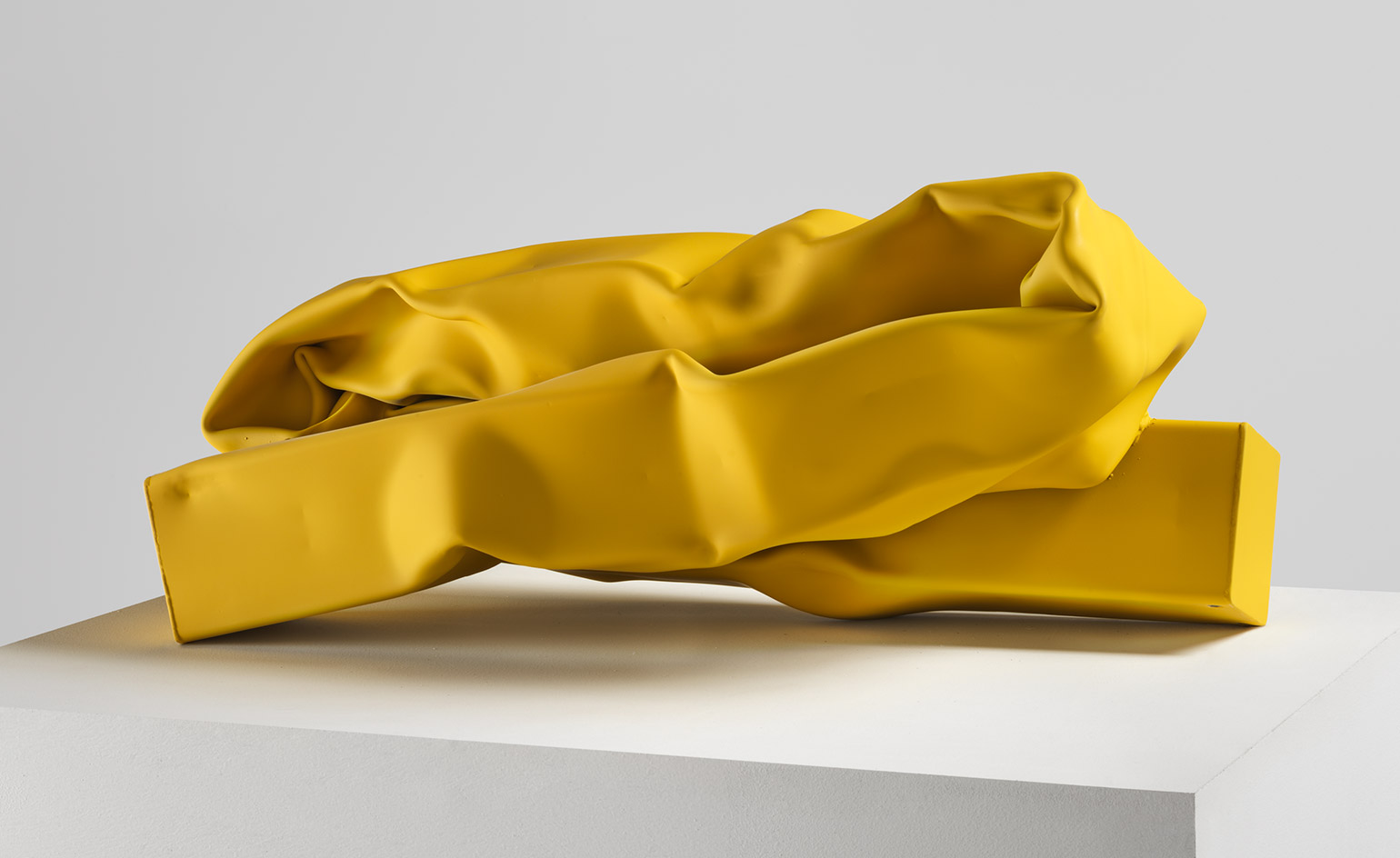
On a snowy day in March, all sorts of things are happening in Carol Bove’s studio. An assistant in a white Tyvek suit is stripping down a sculpture – one of the seven lively blue forms that stood like an abstract family outside the Swiss Pavilion in Venice during the 2017 art biennale. Another is welding a huge steel tube, which seems to have writhed into submission, crushed and doubled up on itself. Gordon Terry, Bove’s husband and the studio’s managing partner, is showing a couple around the huge space. ‘He has oversight,’ says Bove, ‘but he’s really doing his own stuff right now.’ Terry, also an artist, is currently studying philosophy. ‘We talk about Kant all the time,’ adds Bove. She’s laughing, but in all seriousness, her work is as much about the psychological as it is about occupying and disrupting the space around it, asking for an unconscious response to its often unlikely presence.
Bove’s career has fairly cantered along since she completed her art studies at New York University in 2000. She first gained attention with her sparse arrangements on plain wooden bookshelves: magazines and publications from the 1960s and 1970s, and peacock feathers and shells, like minimalist cabinets of curiosity. Her work has since grown in scale as she works heavy metal into increasingly light forms. In 2013, for the final section of the High Line, she created six giant sculptures, including a Loch Ness Monster-style multiple loop of steel that spoke the same language as the old rail tracks and urban detritus around them. Last year, she reworked a classical sculpture garden at the Contemporary Austin in Texas with more steel loops, metal pieces finished in velvety car paint and elegant minimalist grids.
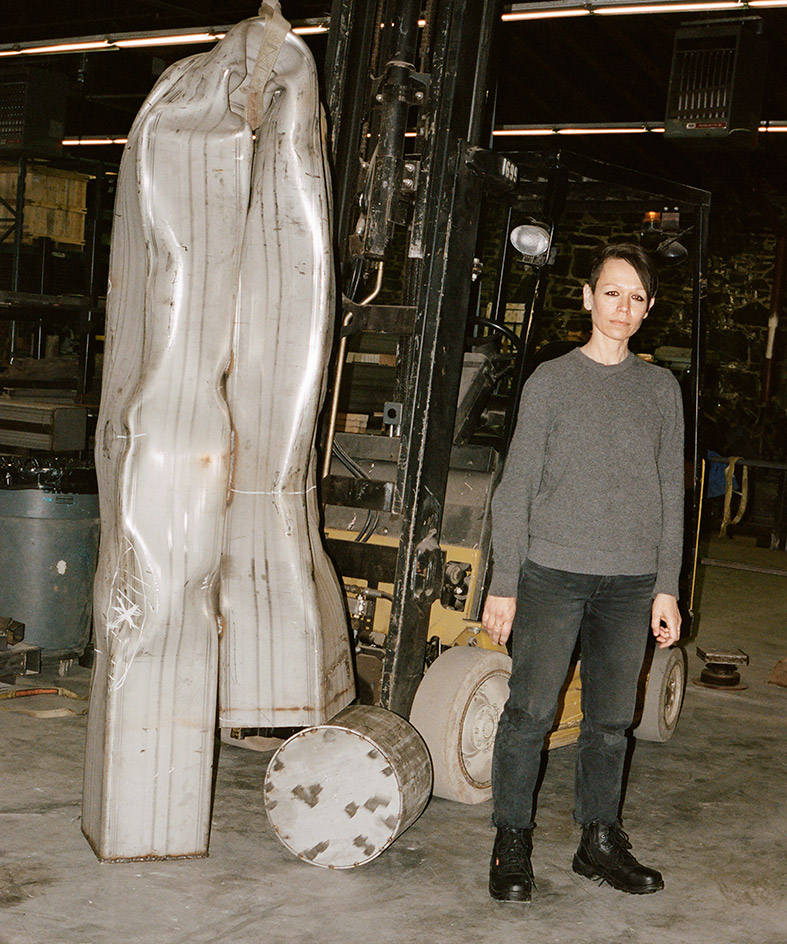
Artist Carol Bove with one of her works in progress in her studio in Red Hook, Brooklyn.
Born in Geneva in 1971, albeit to American parents, Bove was eligible to represent Switzerland in Venice, and she has referred to herself as ‘spiritually Swiss’, though she mostly grew up near San Francisco. Her studio, 1,580 sq m in all, is in the outlying, artist-favoured Brooklyn neighbourhood of Red Hook. On the waterfront, and cut-off by distance and a distinct lack of public transport, the area has the feel of a slightly abandoned seaside town, though some houses have now been architecturally enhanced and there are a sprinkling of cool oyster bars and smart wine shops.
Bove’s studio is in a handsome, stone-built hangar that had once housed a small brick factory. When she took it on 18 months ago, initially as a place to plan out an exhibition at 1:1 scale, it was filled with silica dust. Now it is full of machinery that is as sculptural as the work it helps to create. ‘We call this the crusher,’ says Bove’s studio director Teneille Haggard, pointing to a large red contraption from which a hefty weight is dropped onto steel tubing. Nearby is a bright yellow A-frame hung with heavy chains, also used to beat metal into submission.
If the process is brutal, the results, which sit serenely in the ‘clean room’ next door, are anything but. This is Bove’s new work, which will soon be on its way to London for an exhibition at David Zwirner’s Mayfair gallery. In its dazzling use of colour, it marks yet another new step on her artistic journey. ‘I’m experimenting with a narrower set of variables,’ she says. In one grand red work, the original steel has been manipulated into folds so soft and fluid it could be a close-up of Renaissance drapery. ‘There’s something very open-ended about it,’ says Bove as the changing light deepens the shadows of its folds. ‘It looks like taffy to me right now, but there are always new narratives, interstitial moments.’ Others are assemblages of forms – that love of collage again – one in spring green and pink, colours that recall Memphis and the glass works of Ettore Sottsass. ‘That pink makes me think of Sarah Lucas,’ says Bove. ‘It’s fleshy, like pantyhose.’
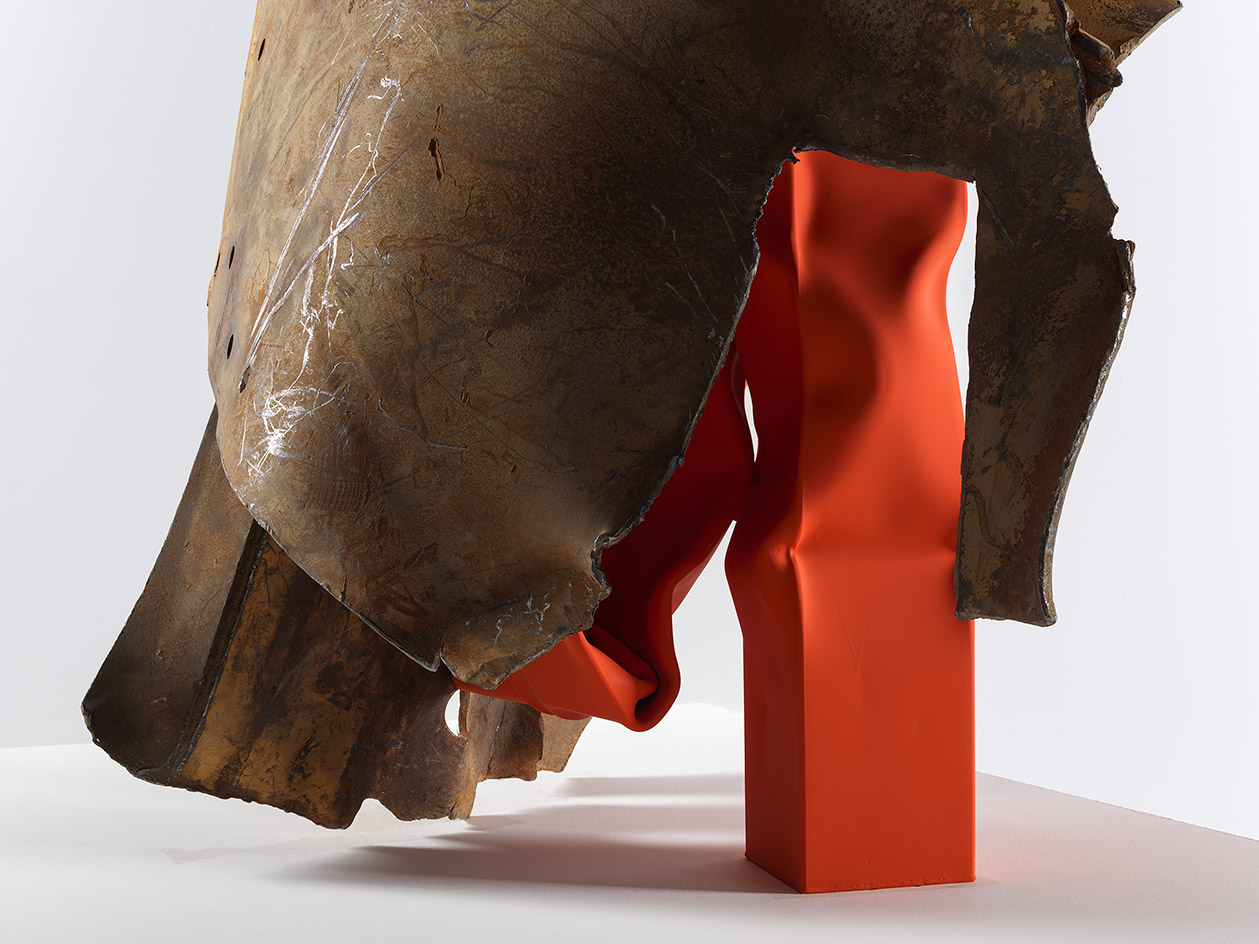
Turtle, 2018, by Carol Bove.
Bove has never denied the direct influence of other artists’ work. She has referenced John Chamberlain in her crushed metal sculptures, and the big boys of the 20th century such as Tony Smith and Anthony Caro in conversation and her forms. But the way she works is very much her own. ‘My process is completely expressionistic,’ she says of a method that allows the material to speak very much for itself. She never sketches, though she does walk around the studio endlessly manipulating pieces of brightly coloured Play-Doh in her hand. ‘Not even the big work is prefigured by a drawing,’ she says. ‘It’s spontaneous and improvisational. That’s why I need the gantries and the hoists!’
An extra-large work, currently being born in the main space, was created by swinging together three massive metal plates more commonly seen patching up roads in the US. They come complete with found text scratched onto them, like scores in skin, and deep orange bursts of rust. ‘First we had to put soft bends into them by leaning them upwards and driving over them with a sort of tank,’ says Bove. ‘Then I picked each one up with a separate crane and swung them together until they made a perfect kind of contact. That’s where they are now welded together.’ A red painted scrunched section of steel has been wedged into the space between them and studded with a black lacquered disc. ‘There’s a story of movement and pressure, force and softness,’ says Bove.
This piece will be seen in June in Art Basel’s Unlimited section, where galleries show their largest works. ‘I like the idea of the human scale,’ says Bove, ‘but I like the idea of bigger too.’ One suspects that, in that respect, she is far from reaching her limits.
As originally featured in the June 2018 issue of Wallpaper* (W*231)
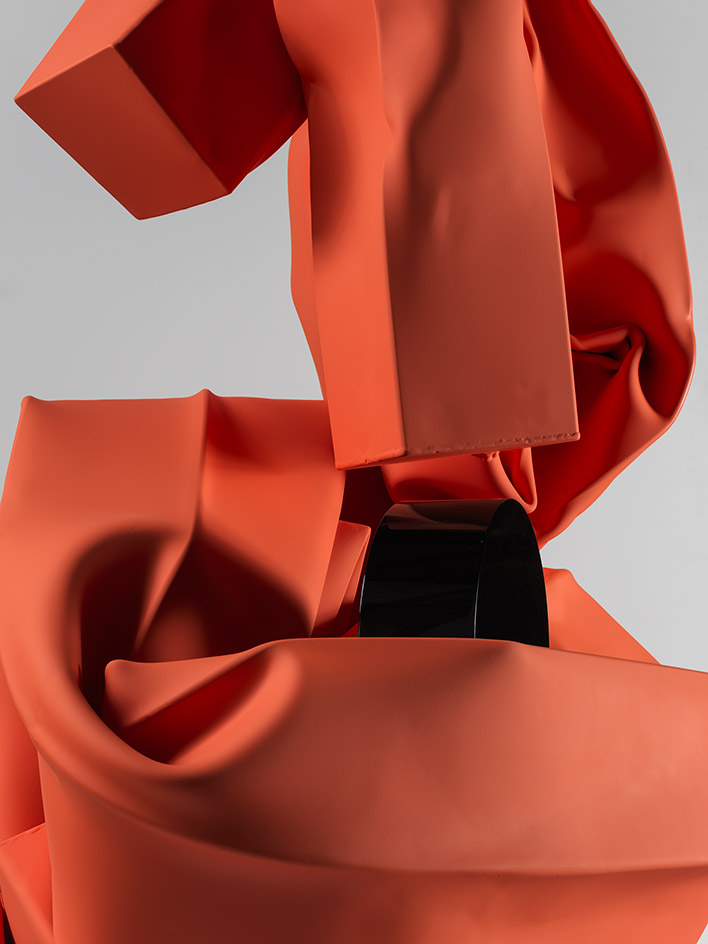
Rich Mom, 2018, by Carol Bove.
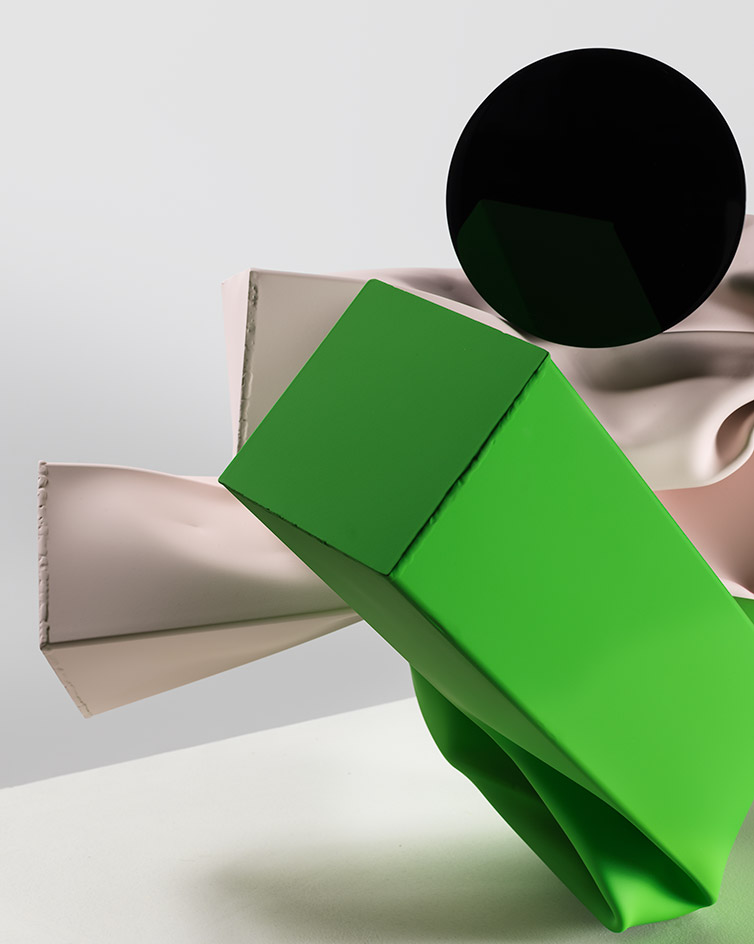
The Romance of Black Money, 2018, by Carol Bove.

Assistants at work in Bove’s studio, a former brick factory
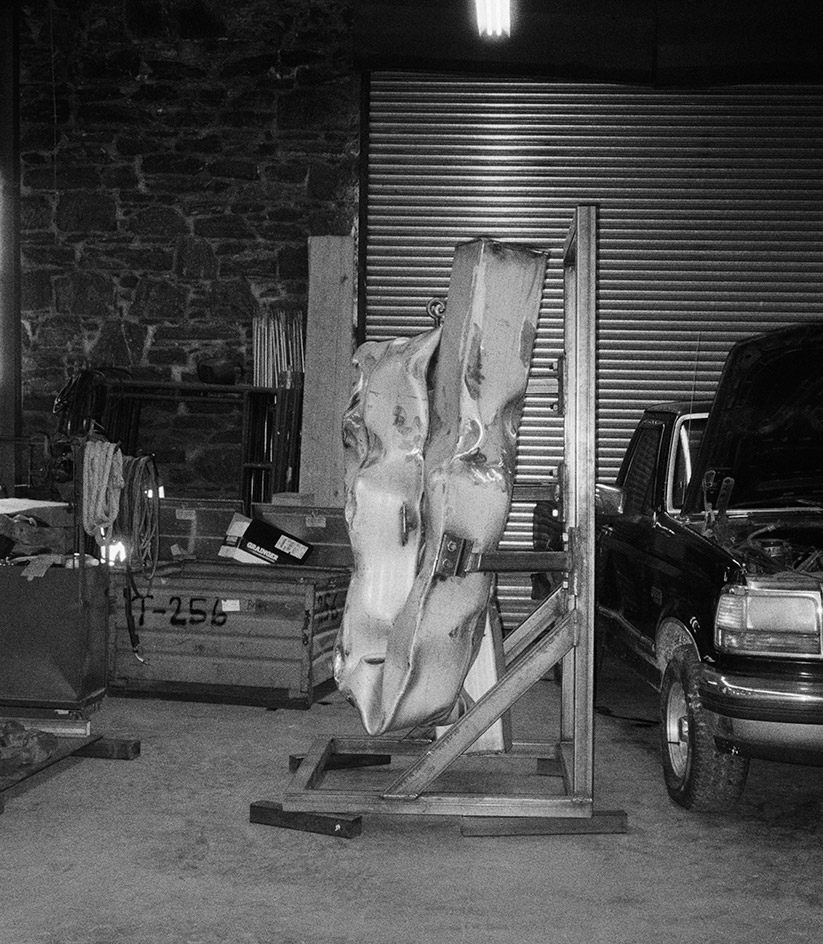
A work in progress is parked next to Bove’s 1993 Ford pick-up truck
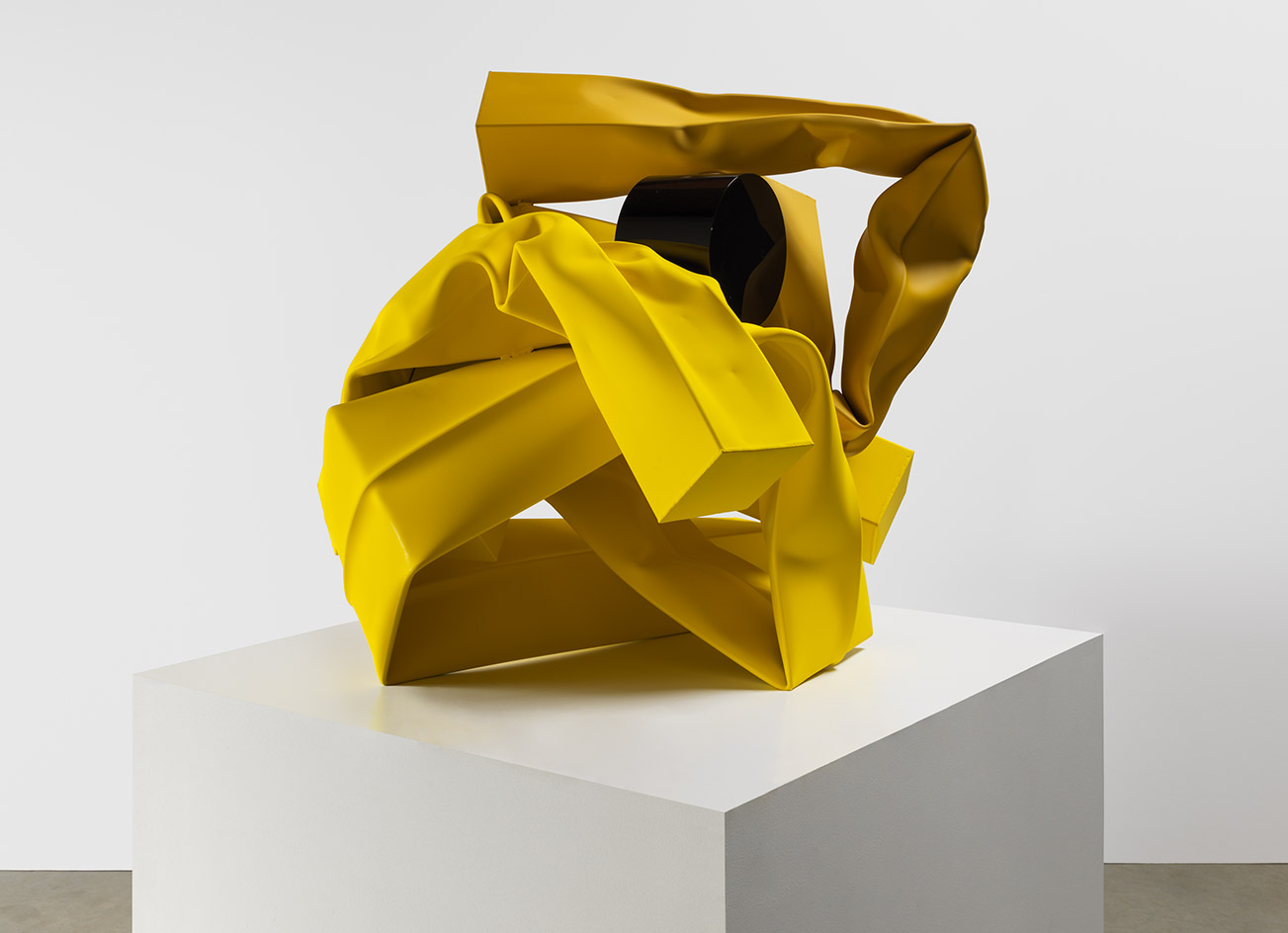
Cutting Corners, 2018, by Carol Bove.
INFORMATION
Carol Bove is at David Zwirner from 8 June – 4 August. For more information, visit the David Zwirner website
ADDRESS
Wallpaper* Newsletter
Receive our daily digest of inspiration, escapism and design stories from around the world direct to your inbox.
David Zwirner
24 Grafton Street
London WS1 4EZ
-
 A Xingfa cement factory’s reimagining breathes new life into an abandoned industrial site
A Xingfa cement factory’s reimagining breathes new life into an abandoned industrial siteWe tour the Xingfa cement factory in China, where a redesign by landscape specialist SWA Group completely transforms an old industrial site into a lush park
By Daven Wu
-
 Put these emerging artists on your radar
Put these emerging artists on your radarThis crop of six new talents is poised to shake up the art world. Get to know them now
By Tianna Williams
-
 Dining at Pyrá feels like a Mediterranean kiss on both cheeks
Dining at Pyrá feels like a Mediterranean kiss on both cheeksDesigned by House of Dré, this Lonsdale Road addition dishes up an enticing fusion of Greek and Spanish cooking
By Sofia de la Cruz
-
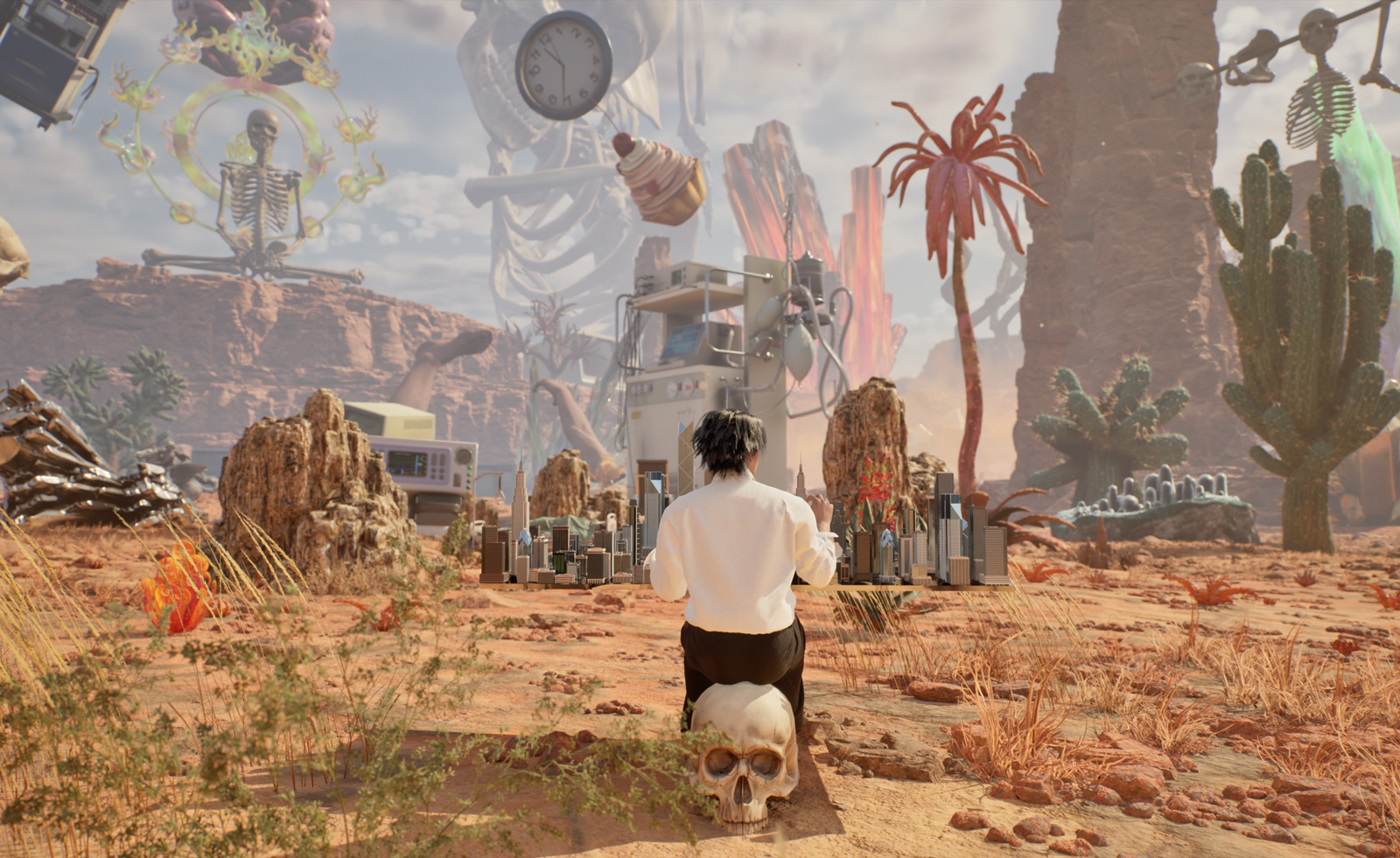 Don’t miss these five artists at Art Basel Hong Kong
Don’t miss these five artists at Art Basel Hong KongArt Basel Hong Kong – the glittering intersection of European curatorial expertise and Asia's money-fuelled art swagger – returns for its 2025 edition
By Daven Wu
-
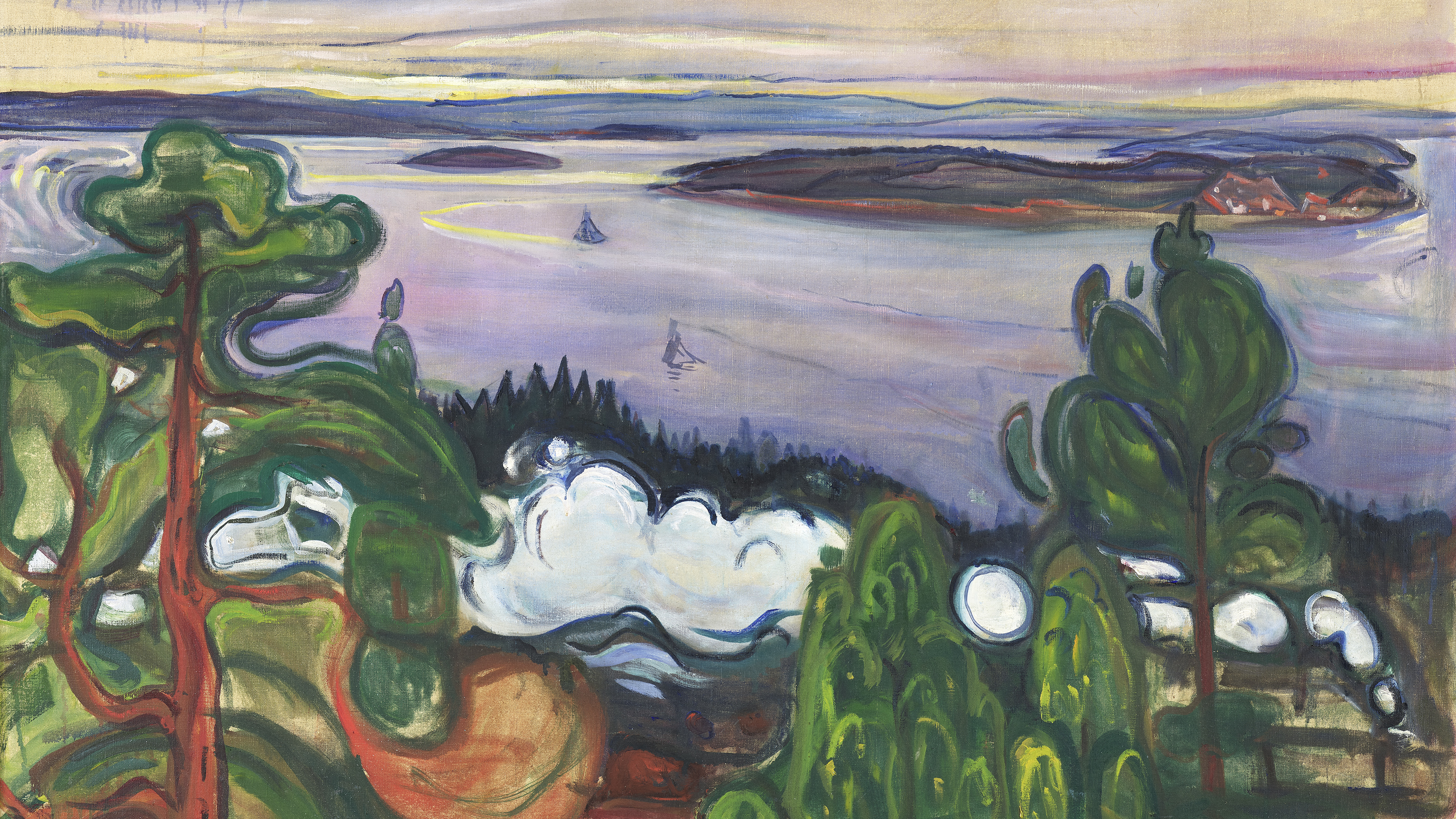 Switzerland’s best art exhibitions to see in 2025
Switzerland’s best art exhibitions to see in 2025Art fans, here’s your bucket list of the standout exhibitions to see in Switzerland in 2025, exploring compelling themes and diverse media
By Simon Mills
-
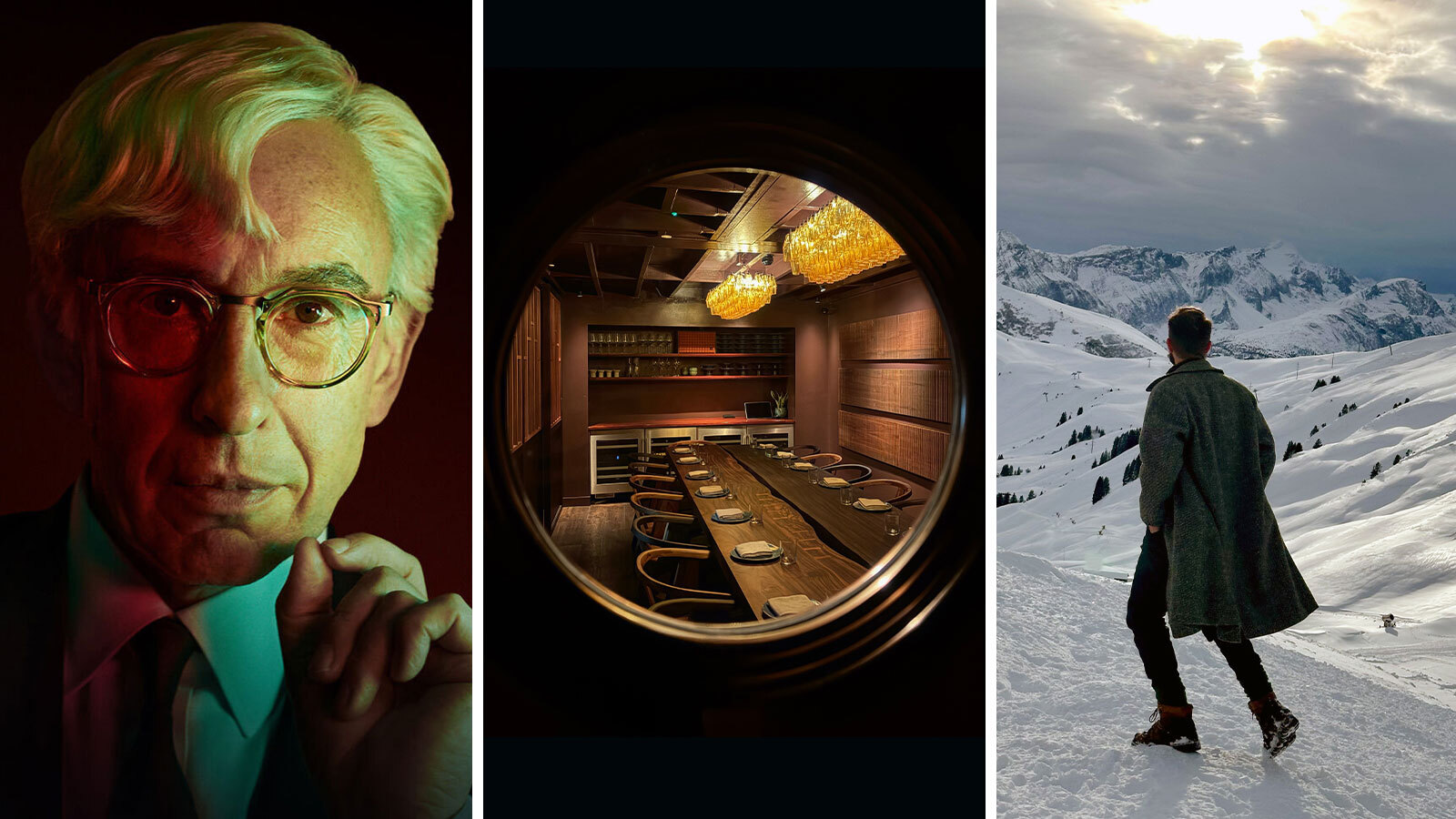 Out of office: what the Wallpaper* editors have been doing this week
Out of office: what the Wallpaper* editors have been doing this weekA snowy Swiss Alpine sleepover, a design book fest in Milan, and a night with Steve Coogan in London – our editors' out-of-hours adventures this week
By Bill Prince
-
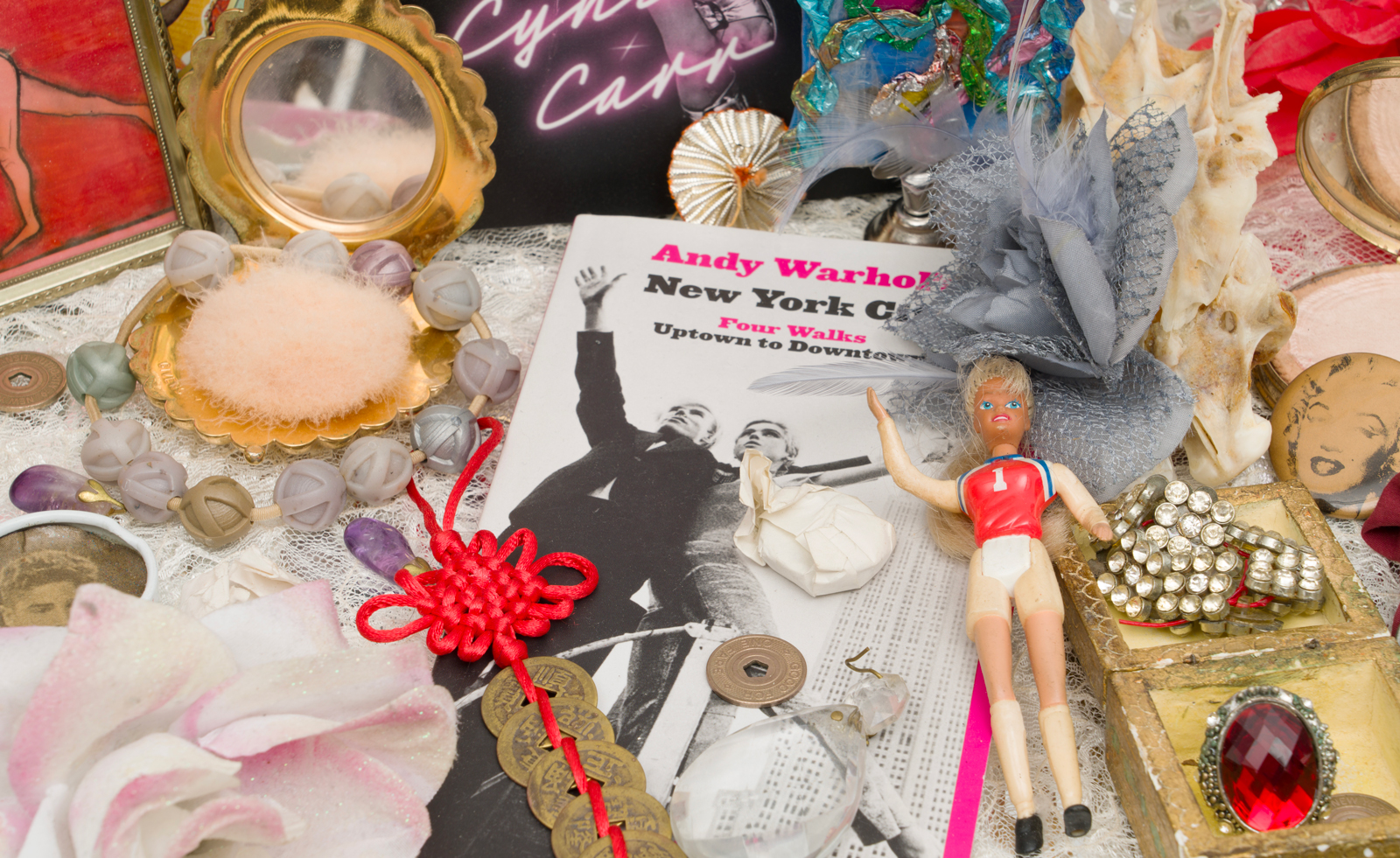 What to look out for at Art Basel Miami Beach 2024
What to look out for at Art Basel Miami Beach 2024Art Basel Miami Beach returns for its inaugural edition under new director Bridget Finn, running 6-8 December, with 286 international exhibitors and a packed week of parties, pop-up, and special projects
By Annabel Keenan
-
 Inside Jack Whitten’s contribution to American contemporary art
Inside Jack Whitten’s contribution to American contemporary artAs Jack Whitten exhibition ‘Speedchaser’ opens at Hauser & Wirth, London, and before a major retrospective at MoMA opens next year, we explore the American artist's impact
By Finn Blythe
-
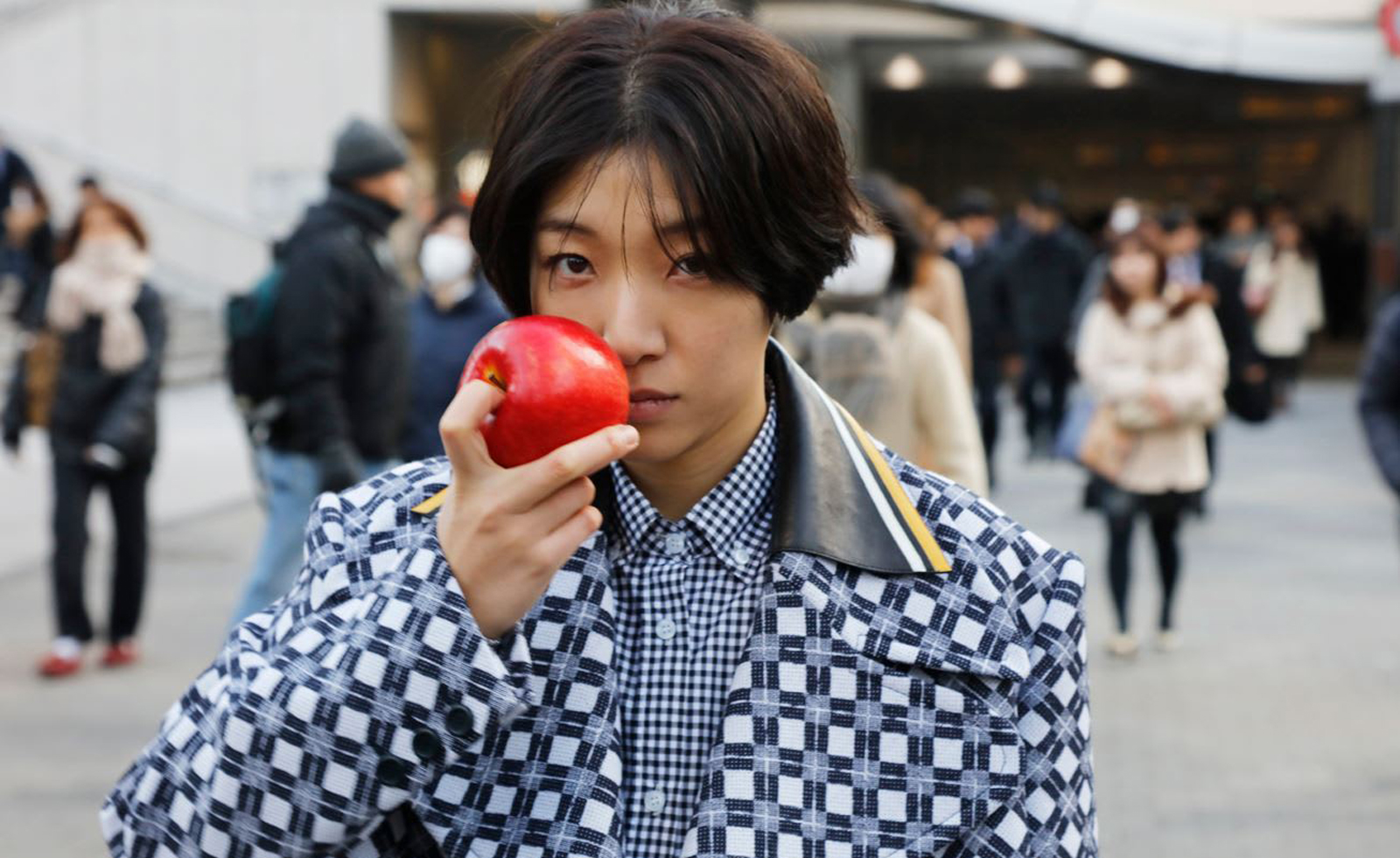 Miu Miu’s Women’s Tales film series comes to life for Art Basel Paris
Miu Miu’s Women’s Tales film series comes to life for Art Basel ParisIn ‘Tales & Tellers’, interdisciplinary artist Goshka Macuga brings Miu Miu’s Women’s Tales film series for Art Basel Paris to life for the public programme
By Amah-Rose Abrams
-
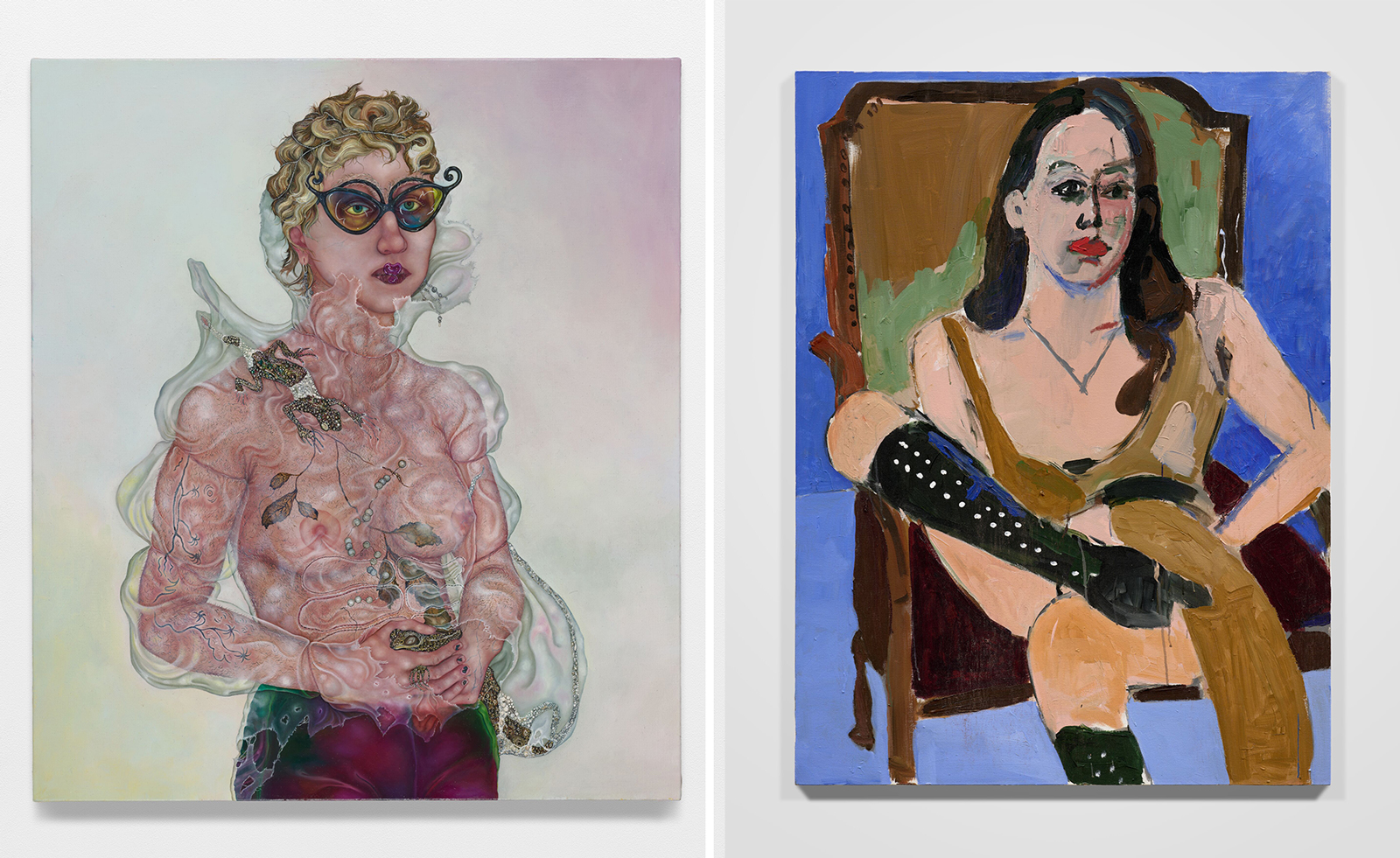 Art Basel returns to Paris: here is everything to see and do
Art Basel returns to Paris: here is everything to see and doArt Basel Paris 2024 (18 - 20 October 2024) returns, opening at the newly renovated Grand Palais
By Amah-Rose Abrams
-
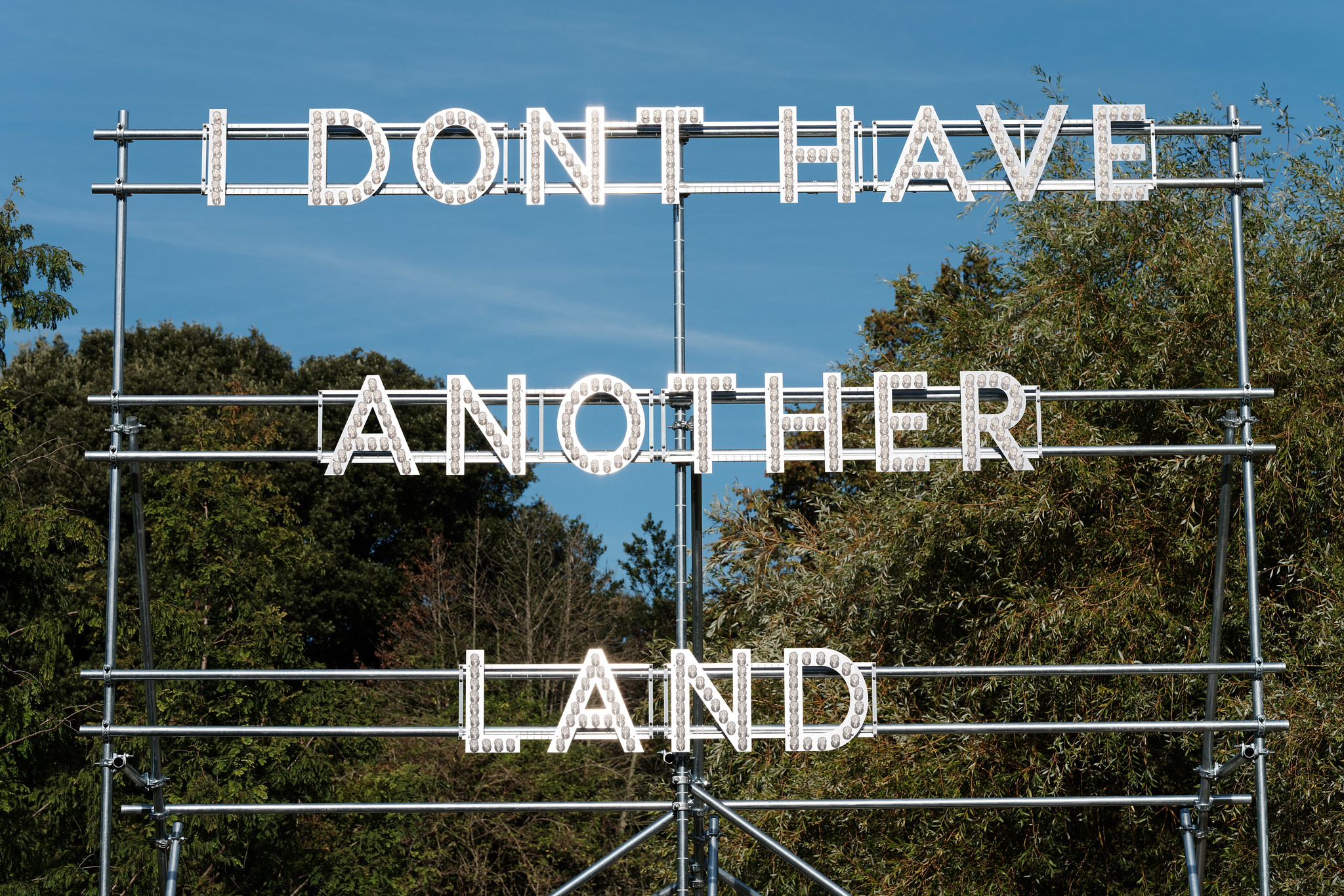 Frieze Sculpture takes over Regent’s Park
Frieze Sculpture takes over Regent’s ParkTwenty-two international artists turn the English gardens into a dream-like landscape and remind us of our inextricable connection to the natural world
By Smilian Cibic